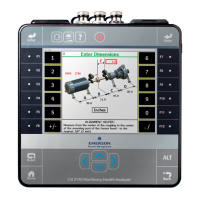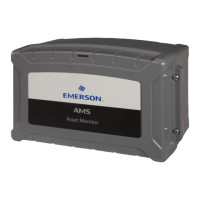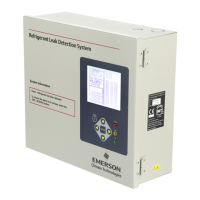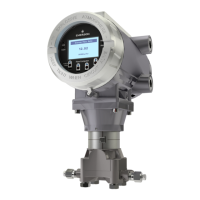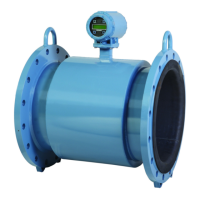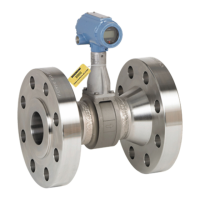make the balancing job more difficult due to decreased linearity of the system response.
Additional trim runs may be required and, once balanced, this machine may be difficult to
keep balanced. As a general rule of thumb, address the worst problems first.
Clean the rotor
Cleaning the rotor is especially important if it often accumulates foreign material.
Removing the material often corrects imbalance.
Mount the sensors securely, and do not move or remove them during the balance
procedure
Mount vibration sensors at each bearing. Holding the sensor with your hands introduces
unnecessary variability into the data. Magnetic mounting on a rough surface allows sensor
motion and poor coupling. Stud mounting can be expensive and difficult. The Balance
program accessory kit includes quick-set adhesive and metal mounting pads with
machined surfaces to ensure reliable attachment to the sensor’s magnetic base. If you
remove the sensors before balancing is complete, the metal pads provide the precise
locations to replace the sensors. You can remove the pads at the end of the balance job or
leave them for later trim balancing.
A rigidly mounted reference sensor, such as a phototach or magnetic proximity pickup, is
preferred rather than a strobe, whenever possible.
Use the CSI 2140 Four-Channel Input Adapter to avoid switching cables or moving
sensors between measurement points
Use the CSI 2140 Four-Channel Input Adapter or two splitter-Y cables and four sensors to
eliminate the need to switch or move sensors on most balancing jobs.
Standardize the setup
A standard setup simplifies the process for new users and makes later one-run balances
easier. The Balance accessories help you standardize by using default settings and color-
coded inputs, cables, and sensors. Use the same sensor at the same location for both the
original balance job and for later trim balances to improve accuracy and ensure better
results with fewer runs.
Check your correction weights
Ensure you have correction weights and a way to determine the weight.
Use repeatable operating conditions
Varying loads, temperatures, operating frequencies, and speeds during the balance
process can cause data variability and decrease the accuracy of the balance calculations.
Ensure the vibration and phase data are repeatable. If you cannot repeat the data from a
balance run, the problem may be due to loose parts, chips, water-soluble lubricant, rust,
water, or other types of foreign matter in the rotor.
Read the phase
Take phase readings from one shaft reference throughout the balance operation, even if
there is more than one correction plane. A rigidly mounted reference sensor, such as a
phototach or magnetic proximity pickup, is preferred rather than a strobe.
Balance
MHM-97432 Rev 7 357
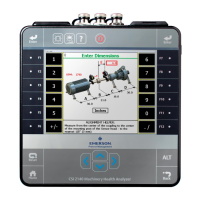
